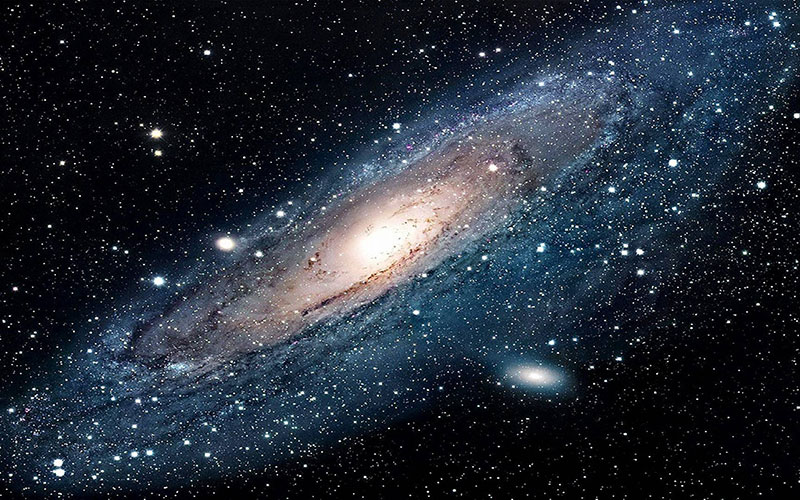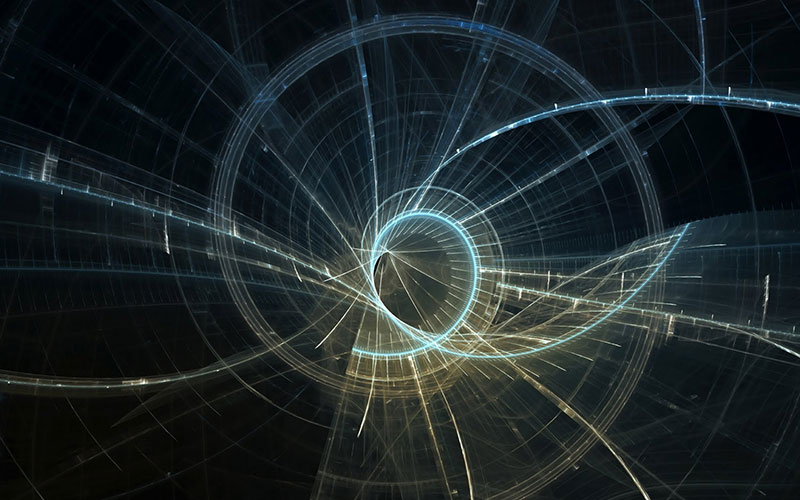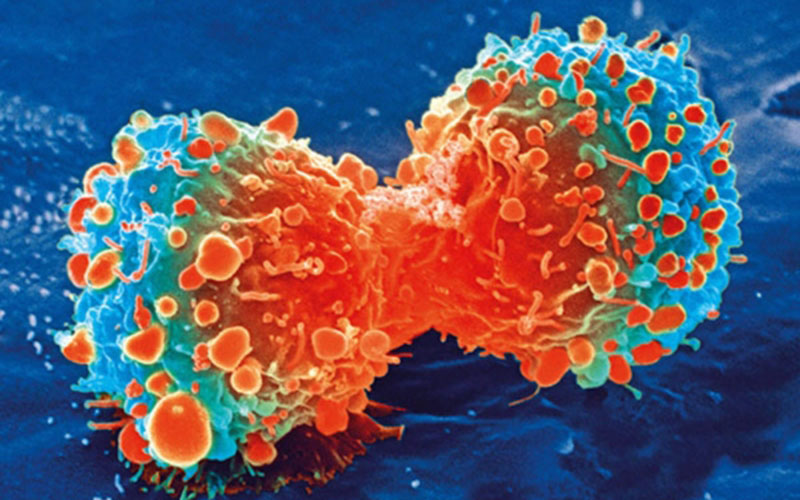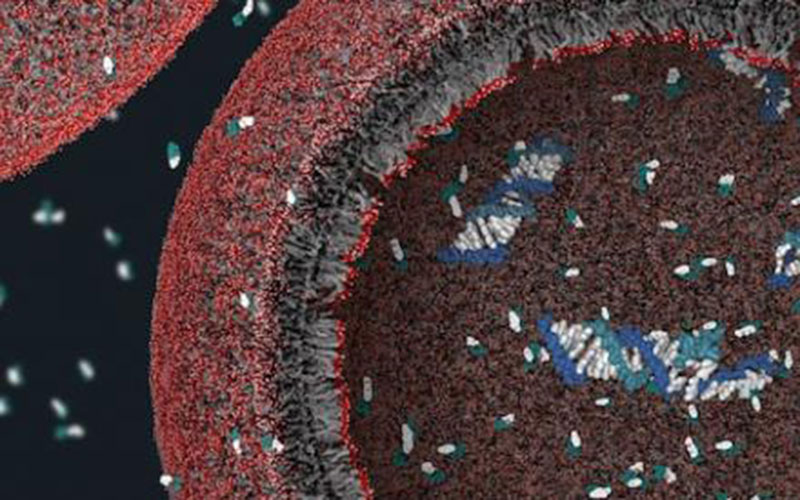
Research Topics
The goal of our research at the BEYOND Center is to confront the BIG QUESTIONS

Search for Extraterrestrial Life (SETI)
WHETHER we are alone in the universe is one of the oldest questions humans have pondered. For most of history, it has belonged squarely in the provinces of religion and philosophy. In recent decades, however, scientists also have been attracted to the problem in increasing numbers. Fifty-one years ago, a young astronomer by the name of Frank Drake began sweeping the skies with a radio telescope in the hope of stumbling across a message from an alien civilisation.

Origin of the Universe
Our research focuses on the first split second after the big bang, and addresses whether the observed universe might be only a tiny component in a multiverse of vastly different universes. A key issue is why the observed universe seems to be so remarkably well suited to support life.

Foundations of Quantum Mechanics and Quantum Biology
Quantum mechanics deals with the microworld of atoms and subatomic particles, and is famously weird in the picture it paints of reality. Although the most successful scientific theory in history, with everyday applications to devices ranging from lasers to electronics, quantum mechanics continues to baffle physicists when it comes to interpretation. In particular, there is no agreement about how to incorporate observers and observations into the theory. At the Beyond Center we are focusing on two new aspects of this old puzzle.

The Physical Basis of Cancer
We run the National Cancer Institute's Center for Convergence of Physical Science and Cancer Biology at ASU, one of 12 such centers around the country. We are tackling the root causes of cancer on both conceptual and experimental levels. Read about our scientific projects on our Cancer Insights website.

Astrobiology and the Origin of Life
Scientists have little idea how, where or when life began, but the study of biogenesis is a major part of the subject of astrobiology. The Center supports both experimental and theoretical research programs. A popular assumption is that life emerges readily under earthlike conditions, and is therefore widespread in the universe. To test this assumption, we are investigating the possibility that life may have started many times on Earth.

Nature of Time
Time is the most fundamental aspect of our experience, and yet it remains mysterious in many ways. A longstanding problem is time's arrow – the directionality displayed by most physical processes, for example, clocks run down, organisms age, stars burn out. The laws of physics are symmetric in time, so the appearance of asymmetry from symmetry can be understood only by looking outside the system. Ultimately that leads to cosmology.

Origin of Physical Laws
Science works because the universe is ordered in an intelligible way. The most refined manifestation of this order is to be found in the laws of physics, the fundamental mathematical rules that govern all natural phenomena. One of the biggest of the big questions of existence concerns the origin of those laws. Where do they come from, and why do they have the form that that they do?